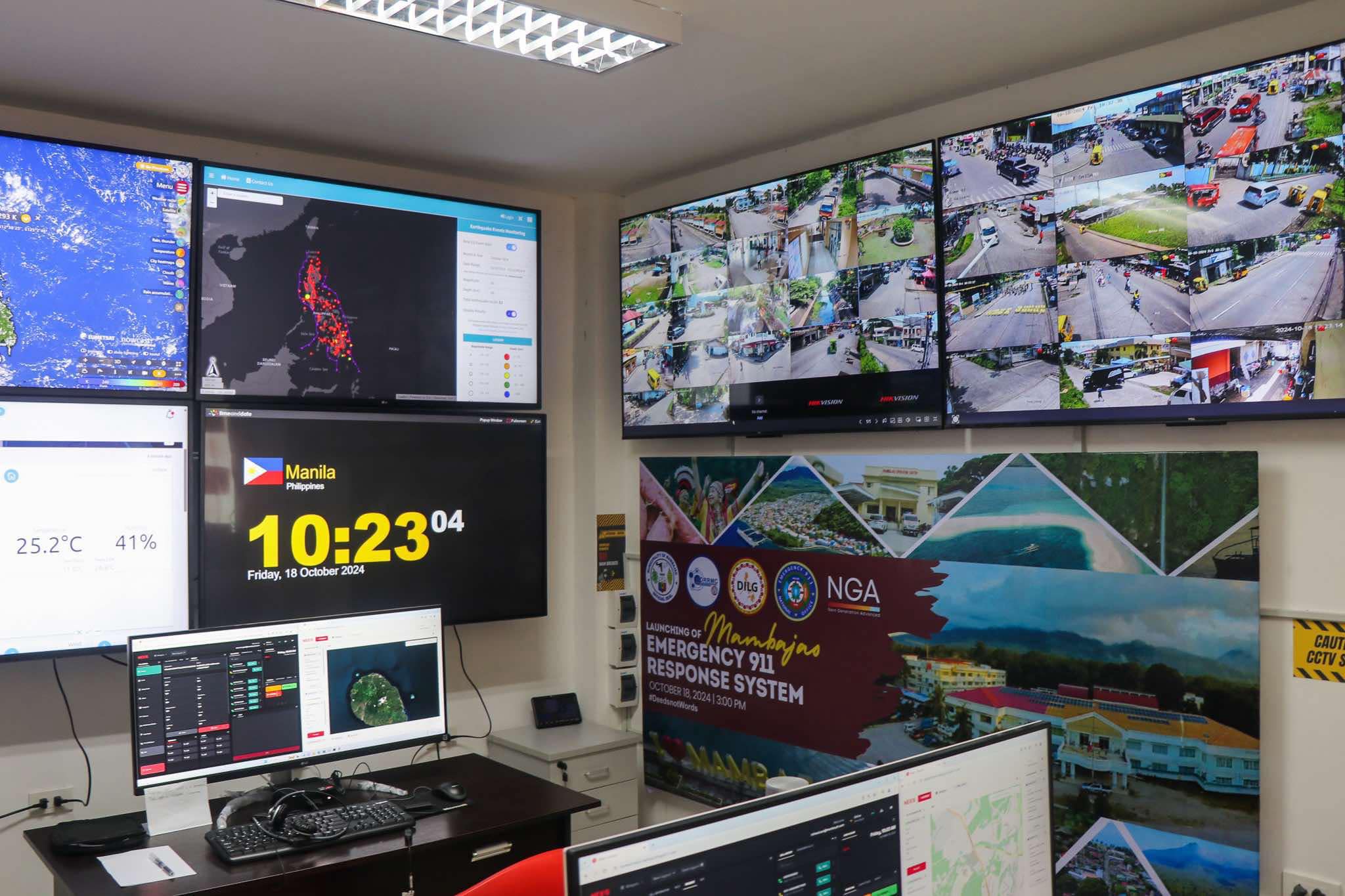
Do you know what number to call in an emergency? Some might say it depends on the emergency. Is there a fire? Is a person having a heart attack? Does someone need rescuing at sea?
Last August, an agreement was signed to establish an integrated 911 hotline for the country. The Department of the Interior and Local Government (DILG) and the Emergency 911 National Office signed a memorandum of understanding with communications company PLDT, Inc. (formerly Philippine Long Distance Telephone) and Next Generation Advanced (NGA) 911, the local affiliate of NGA 911, a California-based company that innovates emergency calling technology. The deal benefits the Philippine National Police (PNP) and makes available emergency response industry standards of the National Emergency Number Association (NENA) of the United States and the European Emergency Number Association (EENA) of Europe to the country’s police force.

Prior to the PNP, NGA 911’s technology early adopters in the country include the town of Morong, Rizal, Alaminos City in Pangasinan, and Cebu City. Here are what these areas now offer in terms of emergency response after their system upgrades.
- On-demand location information. The 911 technology is capable of providing the location of a call within the first minute. It can then match the caller with the nearest responder locations, such as fire stations, mobile patrols, or hospitals, according to NGA country manager Robert Llaguno. “(With) our ability to identify where the location is and place a geofence on the local government unit’s area of responsibility once activated, I can route the calls to that LCC (local command center),” he explains. “Since it is an emergency hotline by law, it is exempted from the Data Privacy Act. Two of the seven exemptions pertain to when the information required is for the performance of a (government) agency’s mandate. And in this case the police, medical, and fire response teams require it. The second exemption is if the information required concerns public safety and welfare of the caller.”
- Centralized data. The 911 system dispatchers pass on the information already collected to the emergency responders. This capacity reduces redundant steps during critical times, such as repetitive questions about a person’s identity or the emergency itself. The calls can also be played back, in case a dispatcher needs to perform triage or review the medications a patient has taken on route to the hospital. Aside from the immediate auto playback, emergency call centers are capable of transferring calls or starting a conference call if needed.
- No abandoned calls. Dropped calls or even prank callers can be traced. According to the NGA executive, the PNP has a policy of zeroing in on calls that do not fully push through. A dashboard provides LCCs with the information needed to call back people and resolve pending actions in the dashboard. “We have a notepad for the call history,” Llaguno adds. “When someone calls, we can see that they called three months ago, for example. Imagine the (additional) ability (ready information can give to) dispatchers, medical practitioners, paramedics.”
- Text messages. The 911 hotline recognizes that real-time texting is predominant among millennials and members of Gen Z. The system is capable of receiving SMS (short message service) or RTT (real-time text). An internal application called Nexus Message receives messages from instant messaging apps like WhatsApp or Telegram and routes it to the system.
- Video capacity. “NGA technology is able to ingress various types of available systems or applications,” Llaguno said in a press release. “We can integrate with a local government's CCTV systems and provide enhanced location and situational awareness for frontliners and first responders. NGA’s technology is also fully redundant and telco-agnostic, providing 99.999% of uninterrupted service and uptime guarantee.”